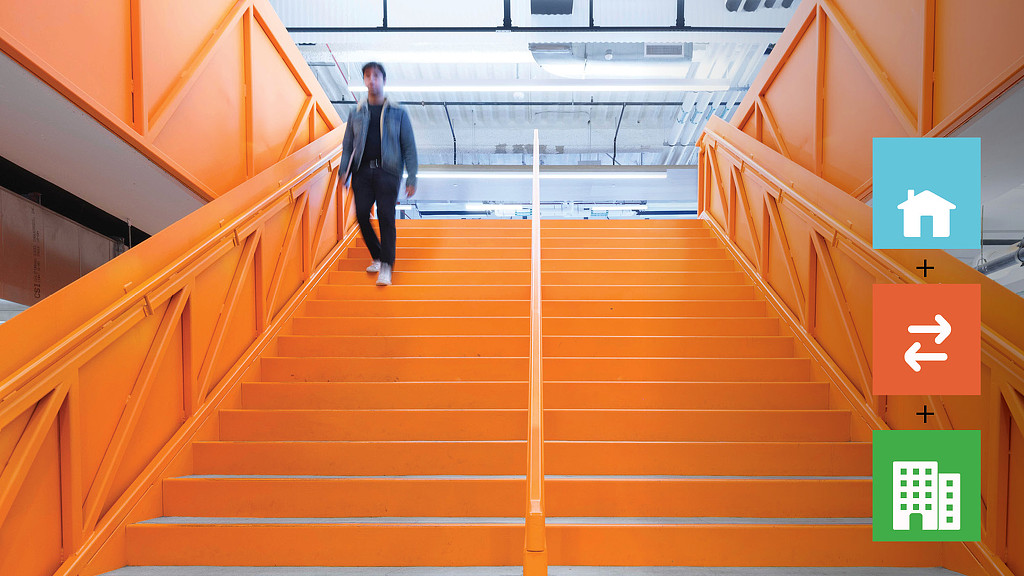How does our work environment contribute to individual carbon footprints?
The Carbon Footprint of Work
What We Did
The COVID-19 pandemic was marked by an unprecedented shift in work patterns. Almost overnight, millions across the world transitioned from traditional in-office work to a largely untested model of at-home remote work. Gensler’s U.S. Work from Home Survey studied over 2,300 full-time remote workers’ working habits. We found that only 12% had worked from home regularly prior to the pandemic, and 40% had never before worked from home. This significant shift in work patterns has far-reaching implications for both employers and employees, including changes to productivity and work-life balance. But there is another potential effect of this transition to new patterns of working — its associated impact on carbon emissions.
Reducing individuals’ carbon footprints is critical to combatting climate change and building a more sustainable, resilient future. It is key that we investigate policies for the workplace that encourage low-carbon lifestyles. Among the options of remote, hybrid, and in-office settings, which stratum of work will produce the most sustainable future?
We investigated this complex problem over the course of a yearlong study. Our research team first sought to quantify the carbon emissions per square foot associated with operating different building types. With this data in hand, we used it as the basis for quantifying the true carbon cost of various workplace settings, combining our models of residential and office spaces with data on commute trends and commute emissions. As a pilot study, we compiled this answer for three major North American cities, overlaying several different work scenarios in these regions, to determine the least carbon-intensive choice for office workers.
Learn More
Team
Christine Barber, Diane Hoskins, Al-Jalil Gault, Alfonso Hernandez, Rives Taylor, Tolu Olorode, Cindy Coleman, Jacob Plotkin, Tim Pittman, Laura Latham, Lela Johnson, Minjung Lee, Christopher Jerde
Year Completed
2023
Comments or ideas for further questions we should investigate?
